I Am UNSAFE Checklist—Lessons Learned on a Fateful Night
Air Facts
FEBRUARY 28, 2025
This was a standard approachmake it into DPA with an 800+ ceiling and the Tower would carry you to the pattern into 06C, about six miles to the northeast, solidly under the ORD Class B airspace. My plan was to make it into DPA with an 800+ ceiling and the Tower would carry me to the pattern into 06C, about six miles to the northeast.

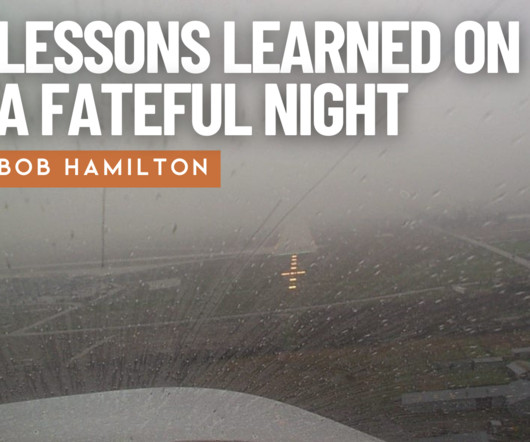
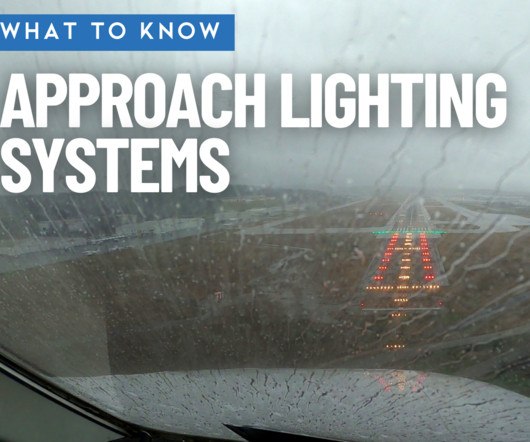
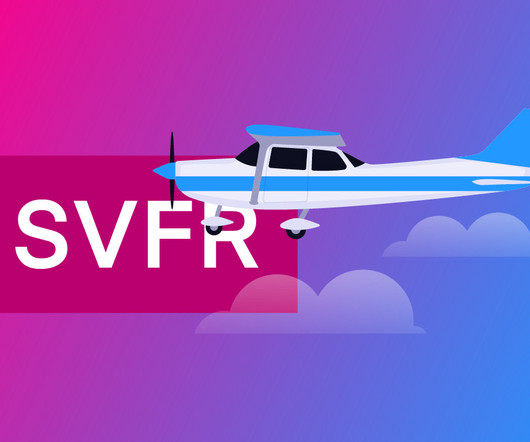
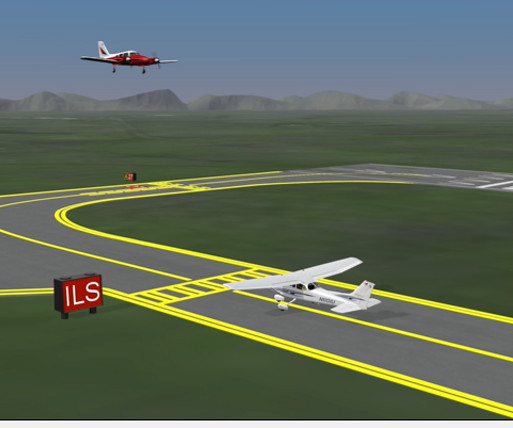


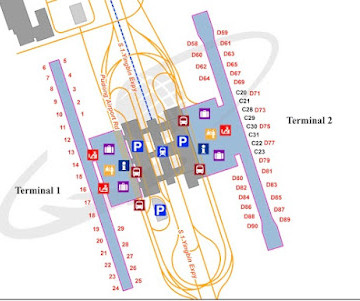
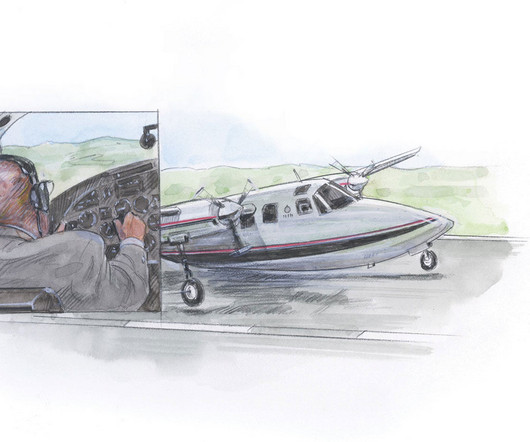
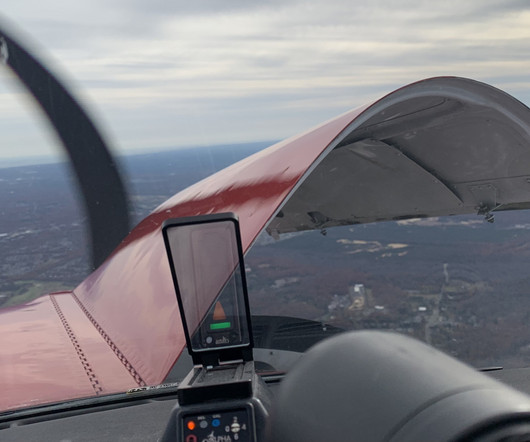

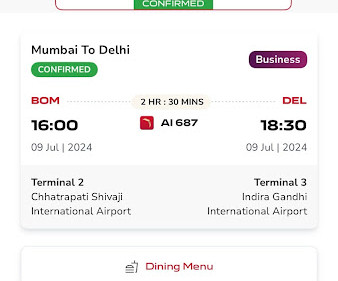






Let's personalize your content